Reducción del riesgo de enfermedades hereditarias
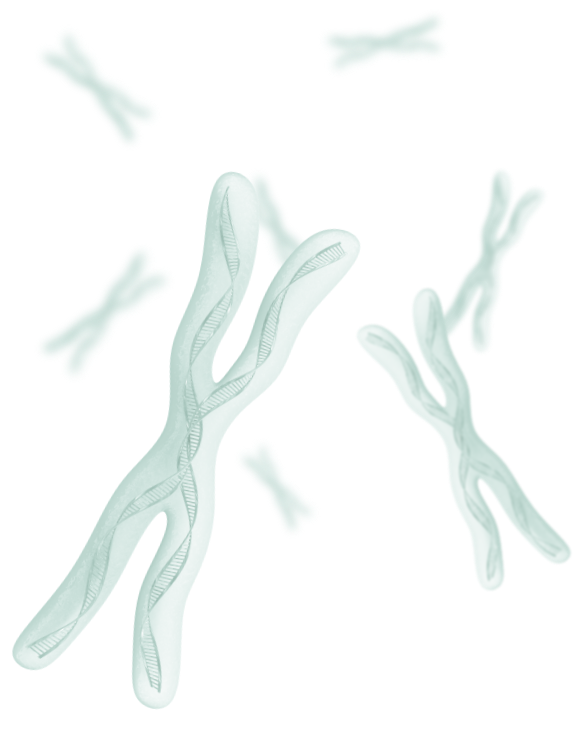
Si preleva un campione di un ridotto numero di cellule degli embrioni, derivanti da tecnologia di FIV, e si analizzano per prevedere se è stato ereditato uno specifico gene difettoso. Juno generalmente combina più di un metodo avanzato per offrire risultati di alta precisione. I test vengono in maggior parte progettati su misura per ciascun paziente, tenendone in considerazione la genetica specifica. Viene egualmente rilevata la maggior parte delle anomalie cromosomiche, responsabili in gran misura dei casi di aborto e di problemi come la sindrome di Down, senza alcun costo aggiuntivo.
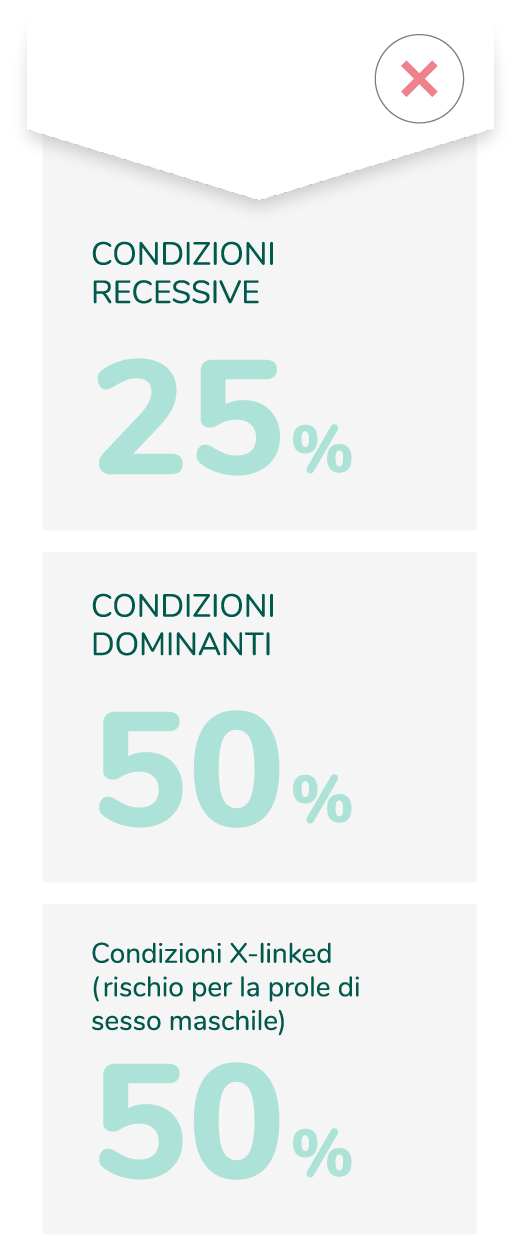

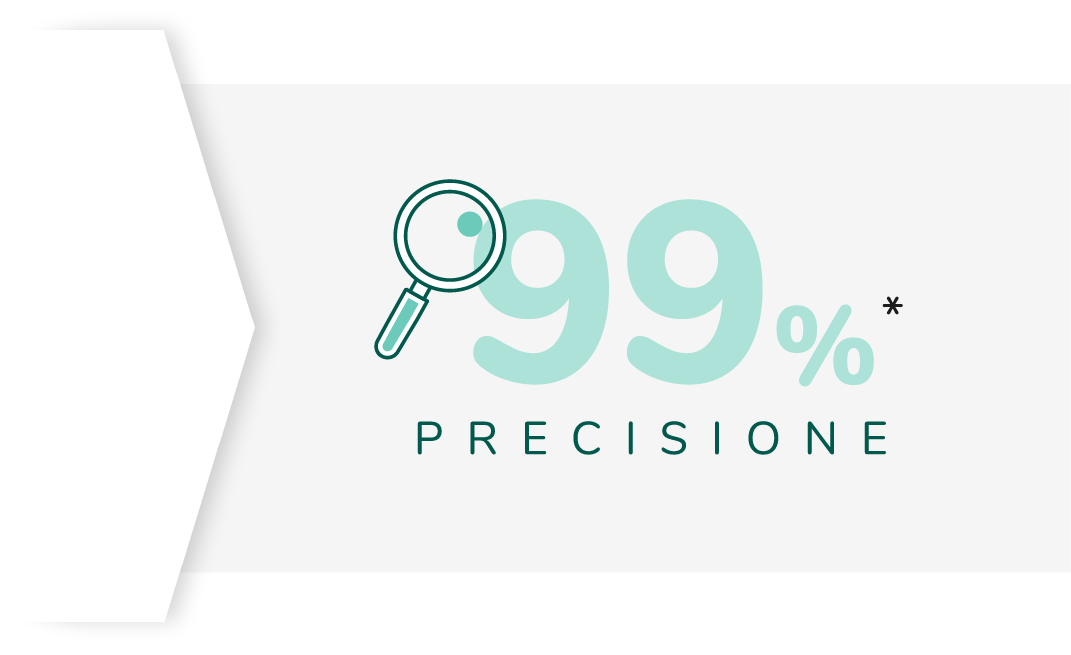
Juno uses a variety of advanced methods to assess whether embryos are likely to be affected by a genetic condition. In most cases two tests are carried out, one that detects the mutations responsible for the disease and the second that looks at variations in the DNA that are always inhertied along with abnormal gene. These variations are called single nucleotide polymorphisms (SNPs) and their analysis provides a second, independent assessment of the embryo, greatly boosting the accuracy of the test. Approximately 300,000 SNPs are tested in every embryo using a method called Karyomapping, this allows highly accurate estimation of whether an embryo is affected and also reveals chromosome abnormalities inherited from the egg or sperm .
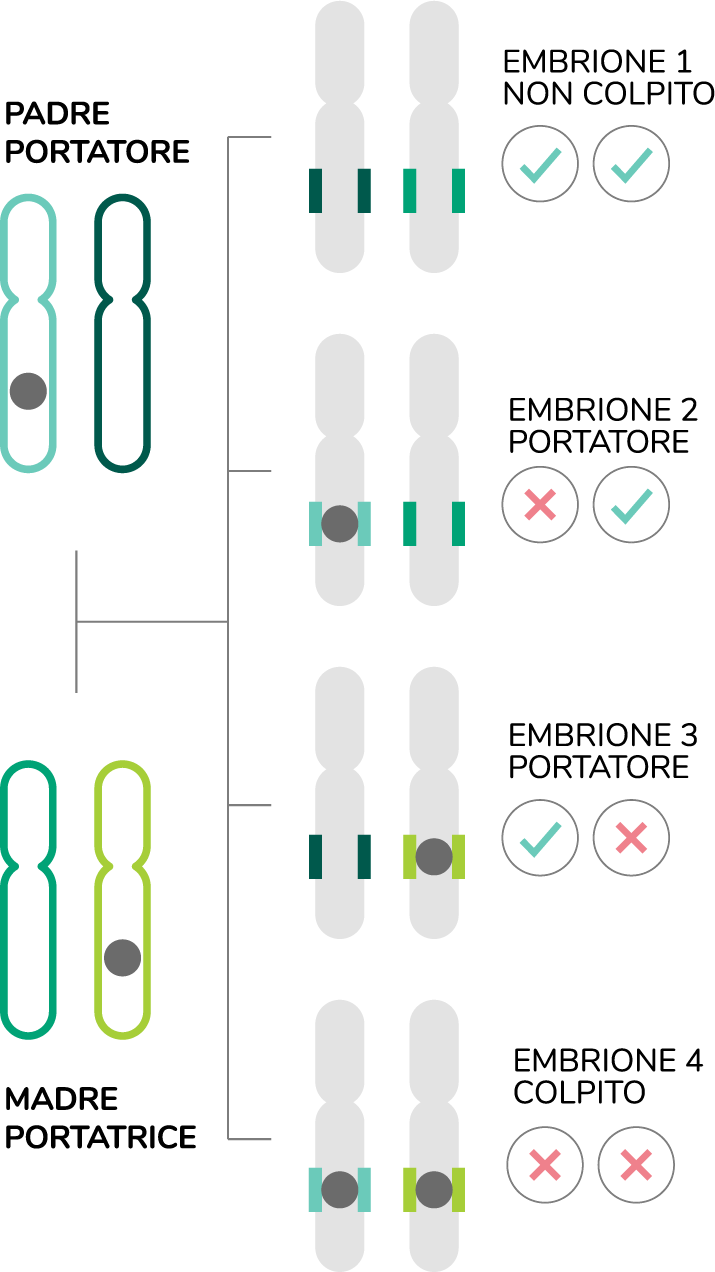
Malattie autosomiche recessive:
In questo caso il fatto di disporre solo di una copia del gene alterato non significa che la persona è malata, ma semplicemente che ne è portatrice. Per soffrire della malattia è necessario che siano difettose sia la copia materna che quella paterna. Per le malattie recessive, il 25% della prole sarà sana, il 50% saranno portatori sani e il 25% sarà malata.
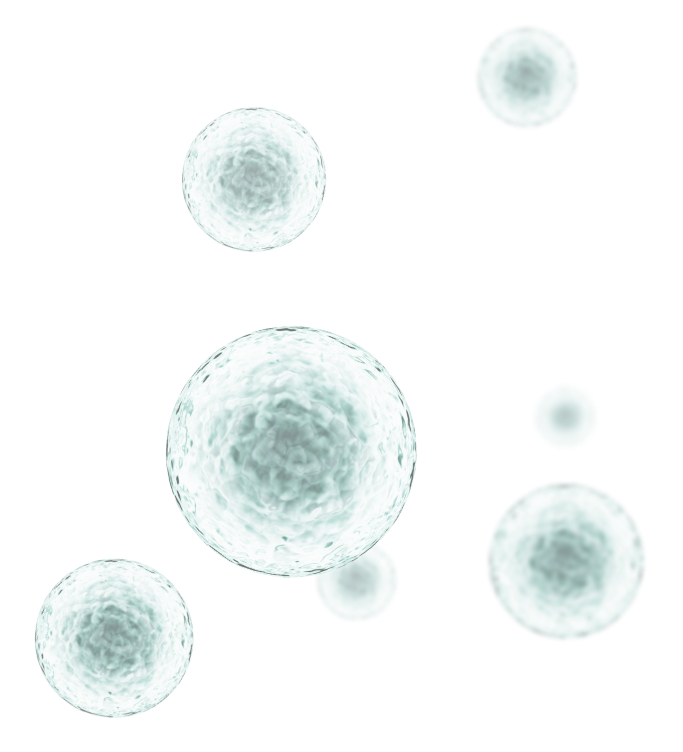
Sono stati progettati e approvati sonde/primer personalizzati nel 2020
è la percentuale dei casi di PrePGT[M] notificati entro i termini definiti nel 2020
è la percentuale di PGT[M] il cui termine di consegna è di due settimane (10 giorni lavorativi)
Il PGTseq-M è destinato alle coppie di cui è noto il rischio di trasmettere una malattia monogenica e che desiderano ridurre le possibilità di incorrere in una gravidanza colpita dalla malattia.
Per progettare un nuovo metodo PGTseq-M è importante che sia stato identificato il gene difettoso che provoca la malattia ereditaria e che sia stata caratterizzata la mutazione del gene.
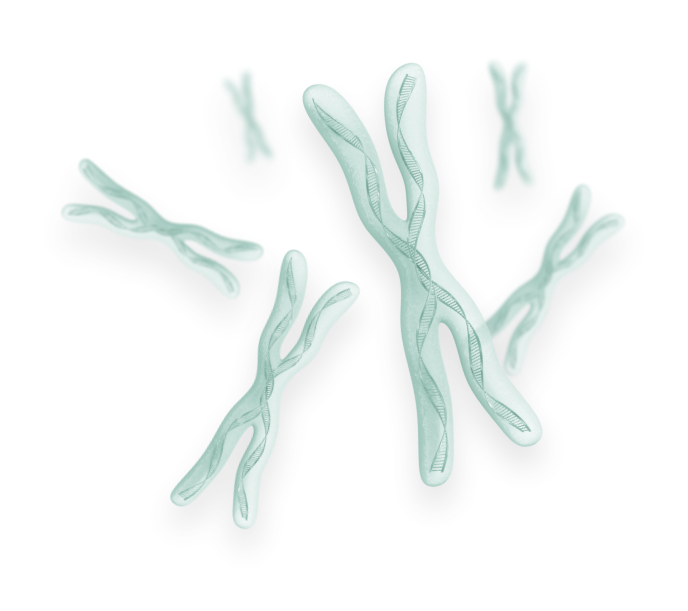

PGTseq-M is for couples who are known to be at risk of transmitting a monogenic disease and wish to reduce the chances of having an affected pregnancy.
In order to design a new PGTseq-M method, it is important that the defective gene causing the inherited disorder has been identified and the mutation in the gene has been characterized.

